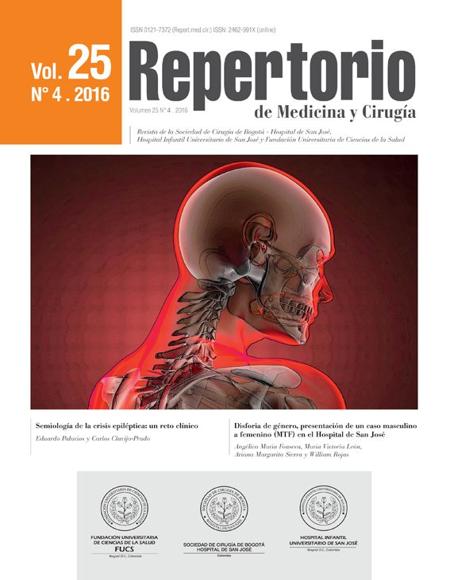Fascículo longitudinal inferior: una nueva mirada del lenguaje
Inferior longitudinal fasciculus: A new look at language
Cómo citar
Descargar cita
Esta obra está bajo una licencia internacional Creative Commons Atribución-NoComercial-CompartirIgual 4.0.
Mostrar biografía de los autores
Visitas del artículo 982 | Visitas PDF 569
Descargas
1. De Benedictis A, Duffau H. Brain hodotopy: From esoteric concept to practical surgical applications. Neurosurgery. 2011;68:1709–23, discussion 1723.
2. Chang EF, Raygor KP, Berger MS. Contemporary model of language organization: An overview for neurosurgeons. J Neurosurg. 2015;122:250–61.
3. Amemiya K, Naito E. Importance of human right inferior frontoparietal network connected by inferior branch of superior longitudinal fasciculus tract in corporeal awareness of kinesthetic illusory movement. Cortex. 2016;78:15–30.
4. Zöllei L, Stevens A, Huber K, Kakunoori S, Fischl B. Improved tractography alignment using combined volumetric and surface registration. Neuroimage. 2010;51:206–13.
5. Kamali A, Yousem DM, Lin DD, Sair HI, Jasti SP, Keser Z, et al. Mapping the trajectory of the stria terminalis of the human limbic system using high spatial resolution diffusion tensor tractography. Neurosci Lett. 2015;608:45–50.
6. Hong JH, Lee J, Cho YW, Byun WM, Cho HK, Son SM, et al. Limb apraxia in a patient with cerebral infarct: Diffusion tensor tractography study. NeuroRehabilitation. 2012;30:255–9.
7. Bi Y, Han Z, Zhong S, Ma Y, Gong G, Huang R, et al. The white matter structural network underlying human tool use and tool understanding. J Neurosci. 2015;35:6822–35.
8. Fernández-Miranda JC, Rhoton AL, Alvarez-Linera J, Kakizawa Y, Choi C, de Oliveira EP. Three-dimensional microsurgical and tractographic anatomy of the white matter of the human brain. Neurosurgery. 2008;62 Suppl 3:S989–1026, discussion 1026-1028.
9. Yagmurlu K, Vlasak AL, Rhoton AL. Three-dimensional topographic fiber tract anatomy of the cerebrum. Neurosurgery. 2015;11 Suppl 2:S274–305, discussion 305.
10. Poeppel D, Emmorey K, Hickok G, Pylkkänen L. Towards a new neurobiology of language. J Neurosci. 2012;32:14125–31.
11. du Boisgueheneuc F, Levy R, Volle E, Seassau M, Duffau H, Kinkingnehun S, et al. Functions of the left superior frontal gyrus in humans: A lesion study. Brain. 2006;129:3315–28.
12. Kiuchi K, Morikawa M, Taoka T, Kitamura S, Nagashima T, Makinodan M, et al. White matter changes in dementia with Lewy bodies and Alzheimer’s disease: A tractography-based study. J Psychiatr Res. 2011;45:1095–100.
13. Buckalew N, Haut MW, Aizenstein H, Rosano C, Edelman KD, Perera S, et al. White matter hyperintensity burden and disability in older adults: Is chronic pain a contributor? PM R. 2013;5:471–80, quiz 80.
14. Ortibus E, Verhoeven J, Sunaert S, Casteels I, de Cock P, Lagae L. Integrity of the inferior longitudinal fasciculus and impaired object recognition in children: A diffusion tensor imaging study. Dev Med Child Neurol. 2012;54:38–43.









